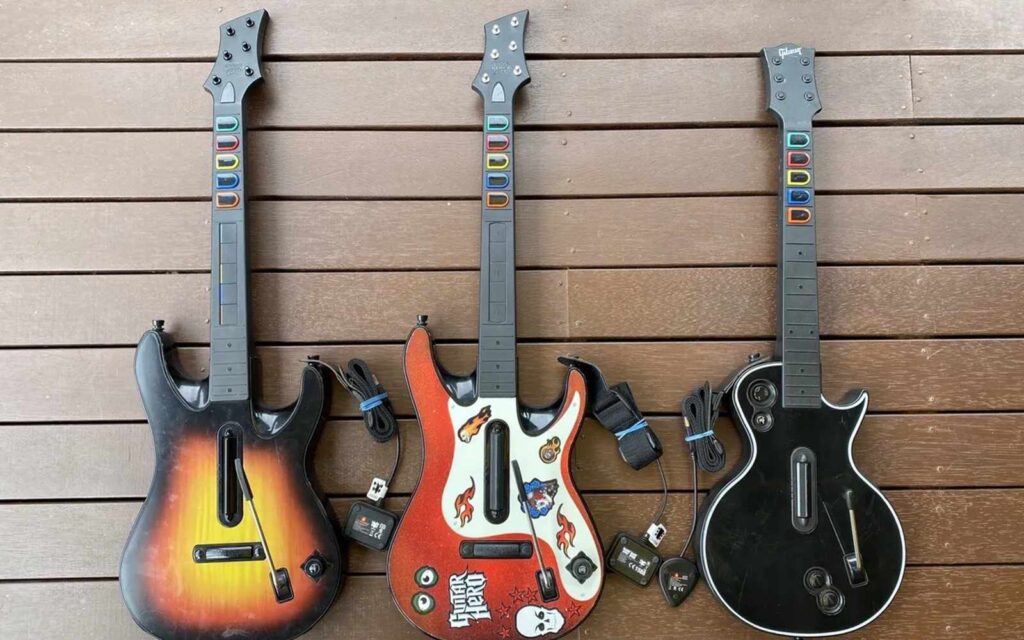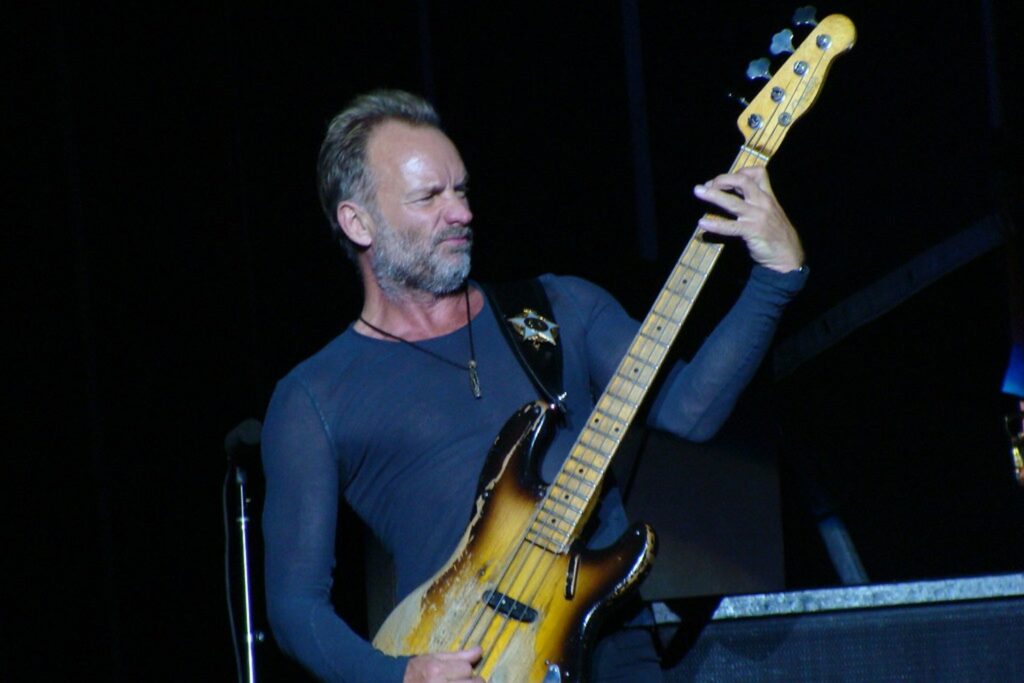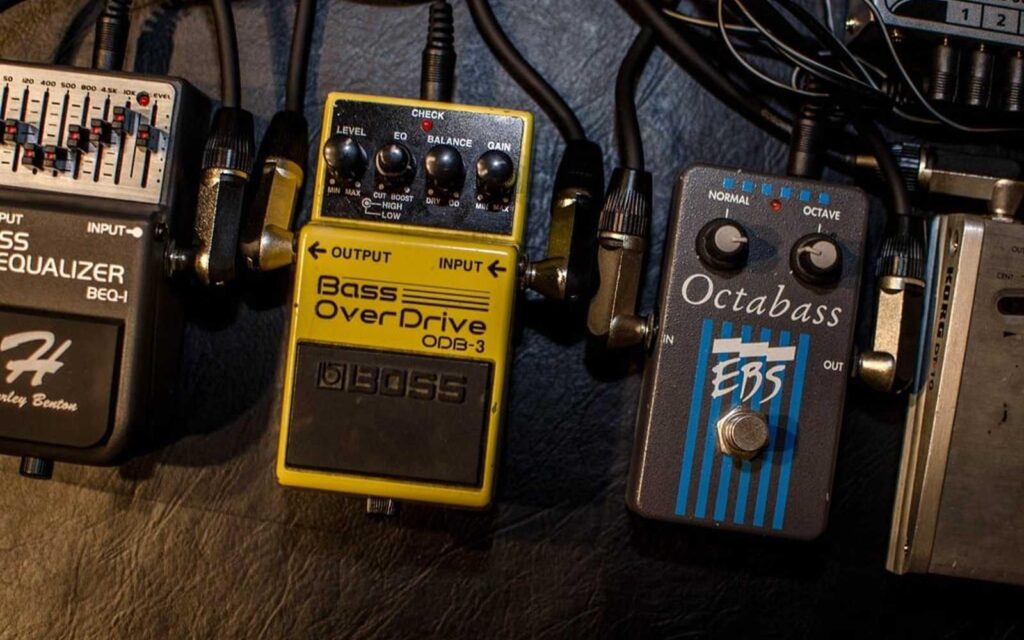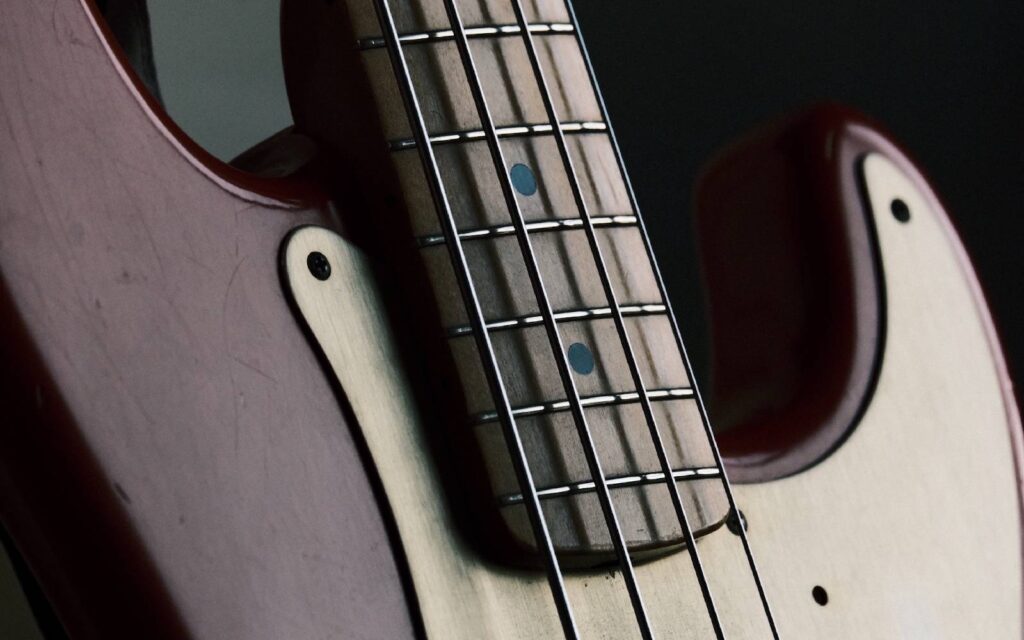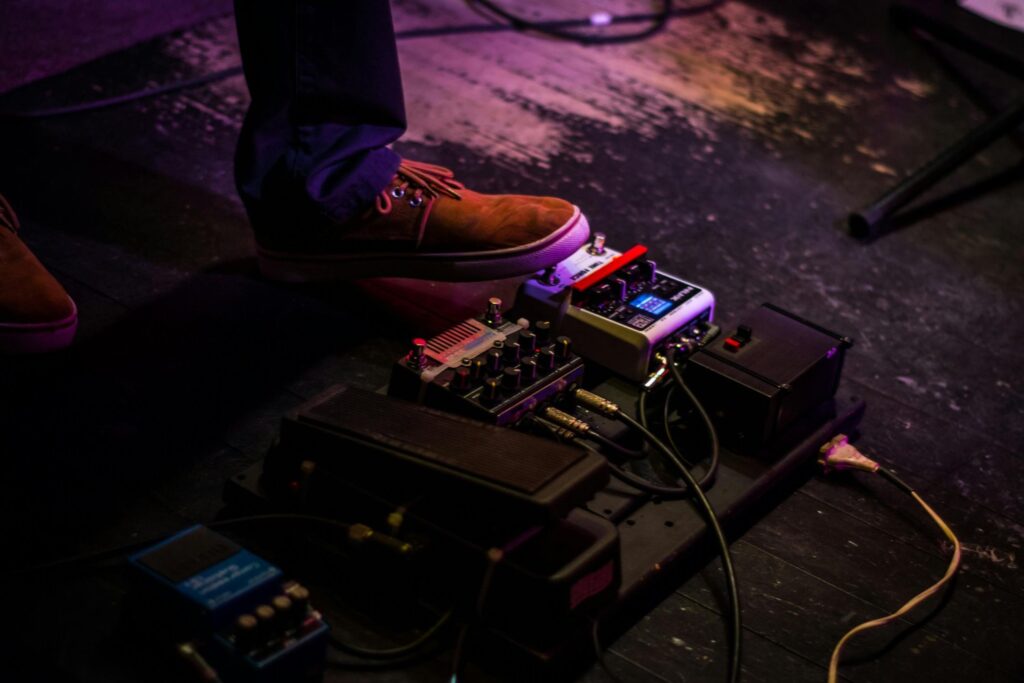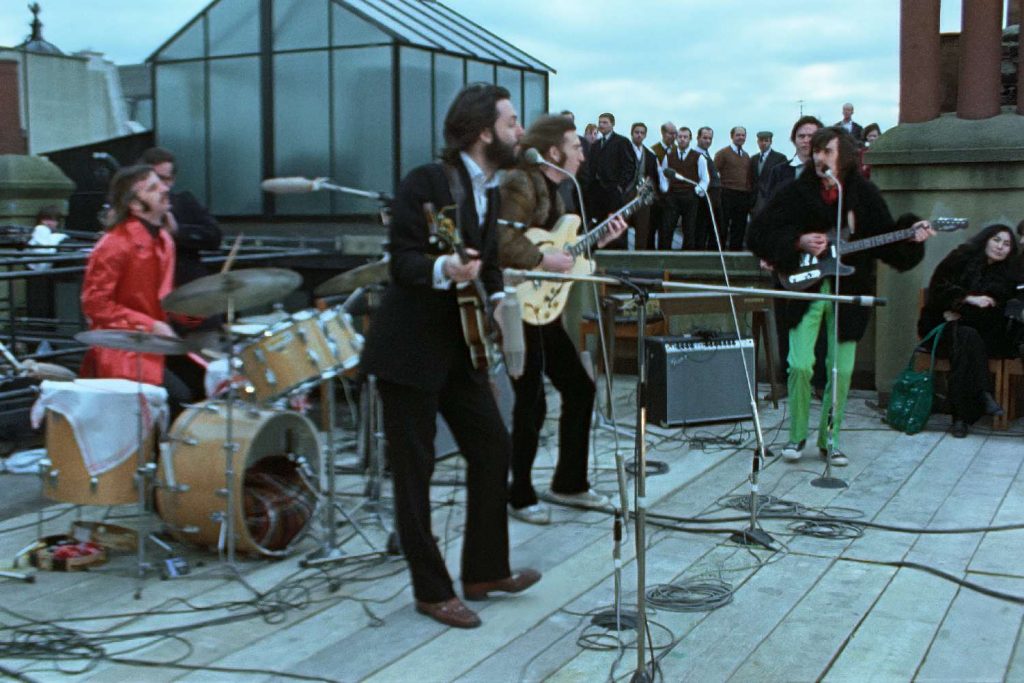From new ways of finding music, to NFTs, to COVID sniffer dogs, 2022 sure is looking interesting
2022 has been crappy so far but we’re trying to remain as optimistic as possible moving forward, especially in music industry circles. Today, we shed light on some music industry trends to look out for this year.
Read up on all the latest features and columns here.
#1 – Millennials Will Drive Demand For Gigs
We’re not sure the extent to which continued border closures or lack of insurance schemes for promoters outside Victoria will affect tours and concerts through 2022.
But the demand is there in 2022 especially among Millennials.
The data is from the US but could apply to Australia, as music trends seem to do!
Millennials will attend concerts (13 per cent), live music sessions (10 per cent), and festivals (9 per cent) in force, and more than other age demographics for livestream shows (6 per cent).
#2 – The Return Of The Corner Pub
State governments and councils may be pulling out all carrots to get people back to the CBDs.
But the Australian live sector maintains consequences of the two year lockdown will continue.
“Patrons rediscovered the significant role music venues played in the community during the lockdowns,” says Alan Jin, co-founder and COO of Muso, the Melbourne-based award-winning platform that puts venues and musicians together to get gigs.
Jin believes research behind a new Muso product this year to simplify the discovery, booking, administration, and payment process will see more pub owners booking acts –which they previously put in the “too hard” basket.
#3 – New Ways To Find New Music
Music fans aged 18-29 will increasingly find new music through video games.
It’s something games developers are aware of, admitting they start sourcing new music a year before a game’s release.
A YouGov survey conducted in the US found 24 per cent already finding new music in games, a figure expected to rise considerably in the next 12 months.
50 per cent of the 18-29 demo find new music through Apple Music or Spotify (compared to 37 per cent of the general US public), 45 per cent from social media (32 per cent of general public) and one-third from movies and TV shows.
35 per cent of Americans across all age groups still get new music from radio or satellite radio, 31 per cent from recommendations, 14 per cent from ads, 11 per cent from blogs/websites, and 8 per cent off podcasts.
#4 – NFTs To Go Mainstream
Some would insist NFTs are just a fad or, even worse, a sham.
But all indications are that having become a US$58 billion market in 2021 – buyers totalled between 10 thousand to 20 thousand since March, according to NonFungible.com and was Collins Dictionary’s word of the year – it’s going to go more mainstream.
Big corporations and brands will become involved, and metaverse (gaming-related NFTs) will be the major trender.
Industry players expect regulations covering NFTs to be introduced in 2022.
Australia is listed as the ninth most NFT-interested nation, based on Google searches. China, Singapore, and Venezuela top the list.
Eminem led the charge in purchasing NFTs, but when a label, band, or artist (should they be so lucky to own their own music) drops the publishing rights to a song or album as an NFT will be when things really go mad.
As far as music trends in 2022 go, this was an obvious one!
#5 – Higher Concert Prices
Ticket prices were already clambering up before COVID as promoters experimented with tiered payments – to not only take advantage of Australian audiences’ penchant for paying top money for concerts, but also to see it as a sort-of-solution to scalping.
According to Live Performance Australia in 2018, the average ticket price was $99.03 (from $90.59 the year before) while Victorians were happy to pay more at $107.08 per person.
One of the reasons for the greater rise of prices is that promoters are being forced to offer huge fees to road crews and production staff.
Most of them left the industry in the past two years. Their current jobs are consistent money and normal hours.
When they’re offered big lettuce to return for tours and festivals, their demand is how many hours they’re guaranteed and what compensation they’ll get if there’s a cancellation.
“It’s a Catch 22,” says Tony Moran, co-founder of CrewCare. “They won’t come back until the live sector’s back and the live sector won’t be back until they return.”
Other costs are rising petrol prices (heading up, to $2 a litre by last November), because they’re pegged to higher international crude oil prices), leaping insurance premiums, additional costs for health authorities to attend, and paying ticketing company for cancellation refunds.
Some associations are spitting chips, saying promoters should scale down production to cut costs rather than expect consumers to fork out.
One of the music trends for 2022 we’re not on board with, but see as inevitable. Inflation and so on.
#6 – TikTok Will Grow Despite Copycats
The number of copycats leaping jubilantly aboard the short video bandwagon may take the wind off TikTok.
But for 2022 (and music trends for 2022), all predictions are that it’s going to be another strong year for it.
Predictions suggests it will reach between 1.5 billion and 2 billion monthly users, after a 59.8 per cent growth in 2020, and a 40.8 per cent uptick in 2021.
It reached one billion in September 2021 while the last Australian figure was 2.5 million in early 2020, with monthly usage at 16.8 hours.
#7 – Songs Will Become More Upbeat And Colourful
One of the consequences of COVID lock-in was faster, happier and colourful pop songs, something which will continue in 2022.
The trend began two years ago. In 2020, the Top 20 songs’ average bpm was 122 beats per minute, the highest since 2009.
Artists faced the bleakness of lockdown looking on the positive.
George Sheppard, of Brisbane band Sheppard whose 2021 album was titled Kaleidoscope, told Mixdown at the time: “There’s been some really unusual benefits to COVID.
“Everyone slowed down for a second and smelled the roses, the Earth breathed for a time, people took stock of what they really appreciated together and fell in love all over.”
Perhaps one of the music trends for 2022 that is surprisingly polarising?
#8 – Dogs To Sniff Out COVID At Gigs
Sniffer dogs aren’t just at music shows to nab you for drugs. They’re going to be there to detect COVID at audiences and backstage.
They started being used in the US late last year by Metallica, Tool, The Black Keys and Eric Church.
People with COVID have a distinct smell, and the pooches are trained to sit down if they detect the virus.
The company overseeing this is Bio-Detection K9, and headed by Jerry Johnson who worked with dog teams in Iraq and Afghanistan in the 2000s.
Johnson told Rolling Stone: “If you understand the instincts of a dog’s behaviour, it makes a lot of sense.
Dogs sniff each other to see if that other dog has a virus.
“We’re training them to look for something they’d be interested in anyway.”
By the time we got to Woofstock, anybody?
Check out our feature on TikTok and whether or not it’s the future of the music industry.


